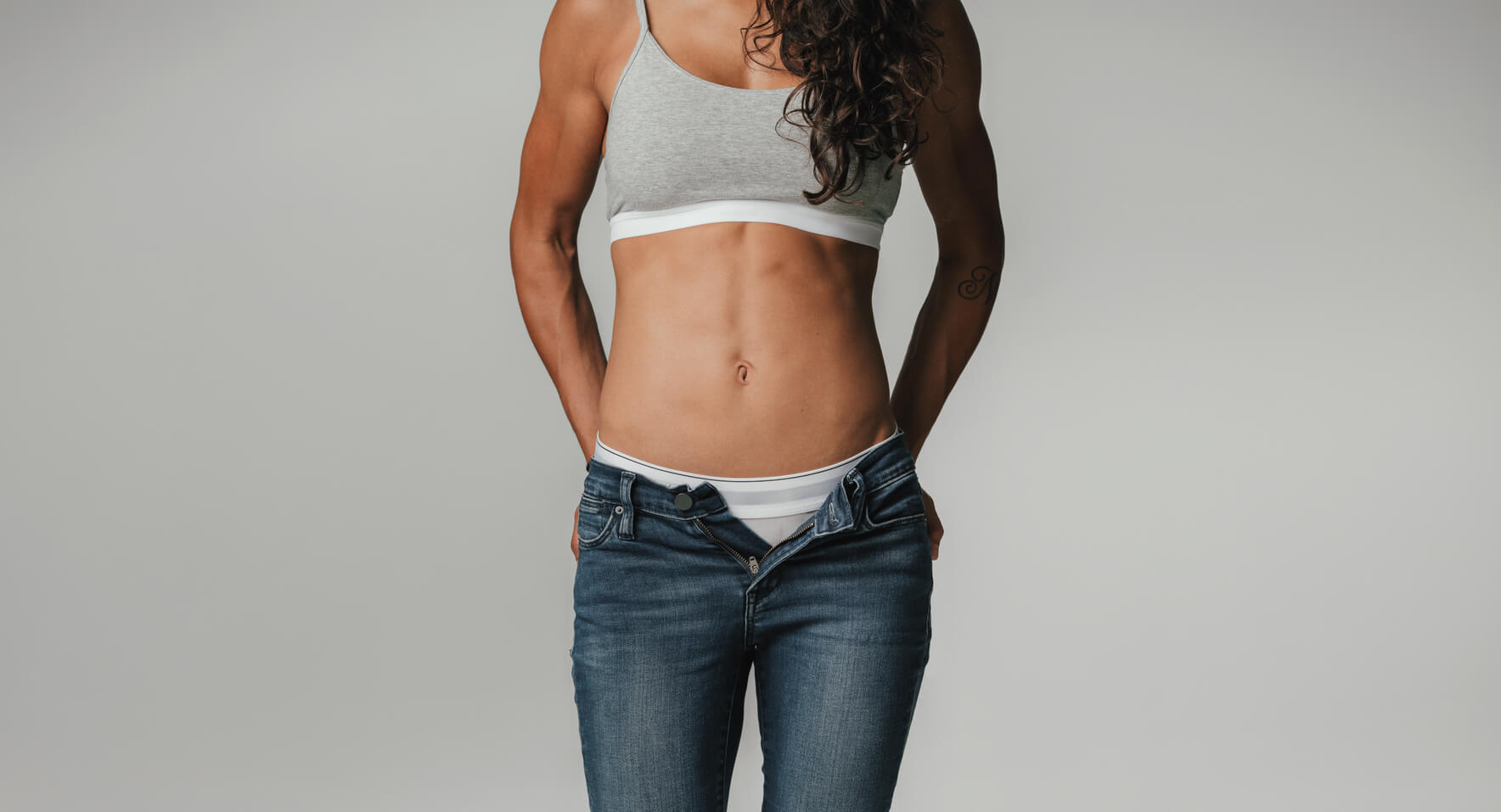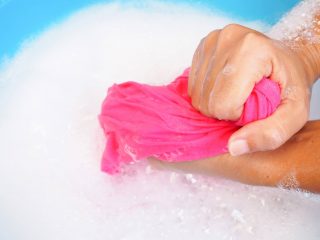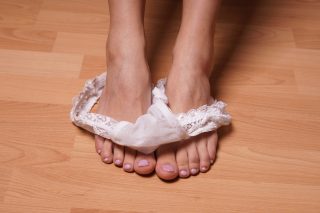Many, male and female alike, have wondered why there is an open pocket in some underwear. This is frequently found in mass produced women’s underwear in the US, for example.
There are always jokes about uses for the so-called “crotch pockets” (lipstick holder, anyone?) but in reality, there is a practical reason that the extra flap of cloth is included – and even a rationale why one end of it is left open to resemble a pocket.
The “pocket” is not a pocket, you see, but what is known as a gusset.
What is a Gusset?
The Merriam-Webster dictionary defines a “gusset” as follows:
- a usually diamond-shaped or triangular insert in a seam (as of a sleeve, pocketbook, or shoe-upper) to provide expansion or reinforcement
- a plate or bracket for strengthening an angle within a framework
Adoption of the Gusset to Undergarments, especially Women’s
A similar piece of fabric can be inserted in a seam to “strengthen” the structure of a garment in the case of women’s knickers or panties, though there is usually a bit more to it.
Incidentally, it is not unusual to find gussets inserted in men’s underwear as well, though the uses – as described below – provides clues as to why they are frequently used in women’s underwear made from synthetic materials.
Why are Gussets Sewn Into Panties?
In addition to the strengthening logic, the design of the gusset was crafted keeping in mind feminine hygiene and comfort. A couple of reasons are fairly obvious:
- An extra layer of clothing (liner) inserted to make a double fold helps to protect against discharges and ensures that the vaginal area stays dry.
- Panties are not always made with cotton or silk (which are non-abrasive material). A variety of synthetic or microfiber material is often used in their manufacture. This in turn causes friction by rubbing against the nether regions and can lead to significant problems, from skin irritation and itching to bacterial or yeast infections.
So the use of a gusset, which should be made from comfortable, breathable, non-synthetic material, will provide the wearer with a soft and comfortable lining that will keep her underpants dry and not cause problems within. A cotton liner, for example, will let the panty material “breathe”, thus keeping it fresher and healthier. A double gusset is used quite often.
Gussets are a vastly understated design component given how easily infections can catch and spread, and how uncomfortable they can make the person feel.
Making a “Pocket” out of the Gusset
A liner would normally be designed such that it’s a liner with both ends sewn shut with invisible seams. In panties, the liner would be placed towards the front (and bottom) section to maximize the value derived from it.
If the liner is sewn shut at the two ends, people may not even notice it’s presence beyond the fact that the material of the gusset cloth feels softer, especially if the outside material is synthetic. They would also notice the bulge of the extra padding around the crotch area.
The “pocket” designation arises when one end of the liner is not sewn shut but deliberately left open. This creates a space that one can stick their fingers or hands into, similar to the pockets on a pair of pants.
Why is One End of a Gusset Sometimes Left Open?
This brings us to the critical question of why a gusset could be built in with a design that creates what looks like a usable pocket, albeit in a decidedly odd location.
There are a number of examples given for this design, two of which bear serious consideration.
Better Flow of Air Promotes Hygiene
Firstly, if the basic purpose of a panty liner (gusset) is to let the panty material breathe, the presence of a pocket may allow for enhanced flow of air through the area.
This may be a minor consideration, but if that is why the pocket-like design is put in, why not leave the liner piece open at both ends? There could be the counterargument that leaving both ends open may in fact cause the liner to tear away more easily.
The Attraction of Filthy Lucre
The second reason may be more applicable in many cases, given that it’s driven by economics and the quest for higher profits.
Panties are usually not manufactured in small batches – unless we are talking about high fashion designer, and/or self-designed, versions. Most common consumers are purchasing mass produced undergarments.
In this case, a different motive may emerge as a dominant motive to leave one end of the gusset open and creating a pocket. As any seamstress, amateur or professional, would know, sewing an extra, rectangular piece of cloth onto a fabric base, so that every edge has an invisible seam, is a tedious task. It actually makes life a bit easier to leave one of the ends open.
This problem gets even more exacerbated if there is a double gusset – that is, there is a gusset on the outside and a second one on the inside.
Transforming this problem into dollars and cents and understanding that mass produced panties are possibly machine made with human touches, sewing both ends shut (as opposed to just one of the ends), probably adds anywhere between 10 to 30 seconds of extra work on every individual piece manufactured.
In addition, there is the problem of a higher number of final products being rejected given the extra work.
It's not unreasonable to think of the extra work, plus the possibility of extra rejections, increase the cost per piece by a cent or two. But let’s think of the mass effect.
Bottom Line – It All Adds Up!
While this amount may seem trivial, imagine a company that counts profits based on the production of millions, if not tens of millions, of standard women’s undergarments.
The math above translates to added costs of $10,000 to $20,000 per million items manufactured. If there is a large operation, with many tens of millions of pieces produced, that begins to add up to real money.
A smaller, mom-and-pop-style operation (if any are left), would face a different problem. First, their materials may involve more labor and therefore the time lost could be higher.
Secondly, their profitability is not as high as the big companies – which means higher costs impact their bottom line even more.
That's Why There is a Pocket in Women's Underwear!
So, the pocket in your underwear isn’t meant to function as one. The reason for keeping one end open may be economics but be happy knowing that you are better protected because of the extra flap(s) of material.





